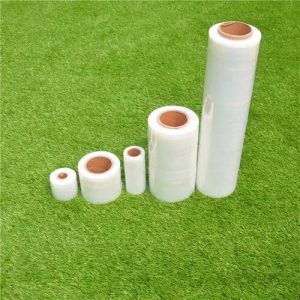Hey there! Have you ever thought about the sheer amount of packaging waste your home or business contributes to the environment each year? It’s a lot, right? Well, what if I told you there’s a way to cut down on this waste dramatically using biodegradable stretch film? Intrigued? Let’s dive deep into why this innovative product is gaining traction and how it can make a difference.
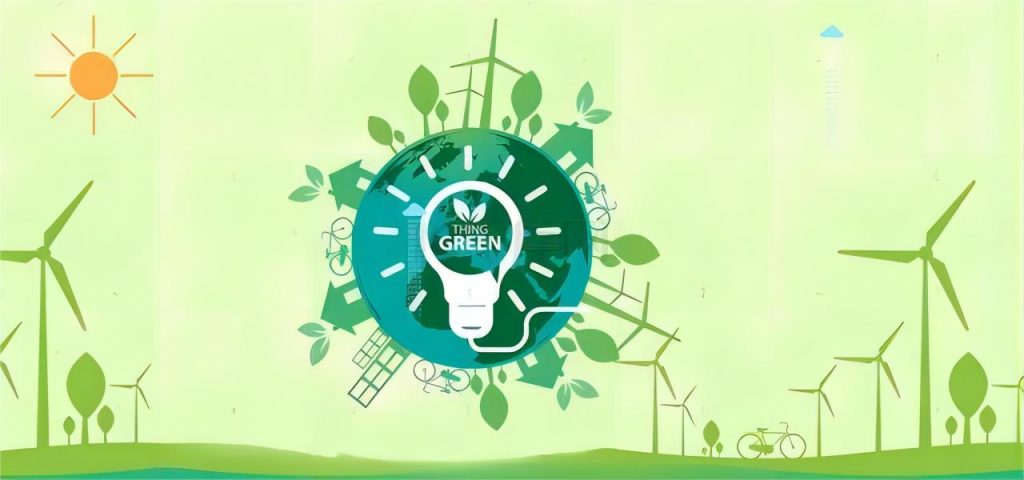
What is Biodegradable Stretch Film?
Biodegradable stretch film is quite the game-changer in the world of packaging. Unlike traditional plastic films that can take centuries to decompose, biodegradable options are designed to break down within a much shorter period after disposal. This magic happens thanks to the addition of special additives that enhance the biodegradation process.
The Environmental Impact
Reduction in Waste and Carbon Footprint
Using biodegradable stretch film significantly reduces the waste clogging up our landfills and lowers the carbon emissions associated with waste management. Pretty cool, right?
Comparison with Traditional Plastic Films
Compared to its conventional counterparts, biodegradable stretch film has a lesser environmental footprint, both during production and after disposal. This makes it a stellar option for eco-conscious companies looking to improve their green credentials.
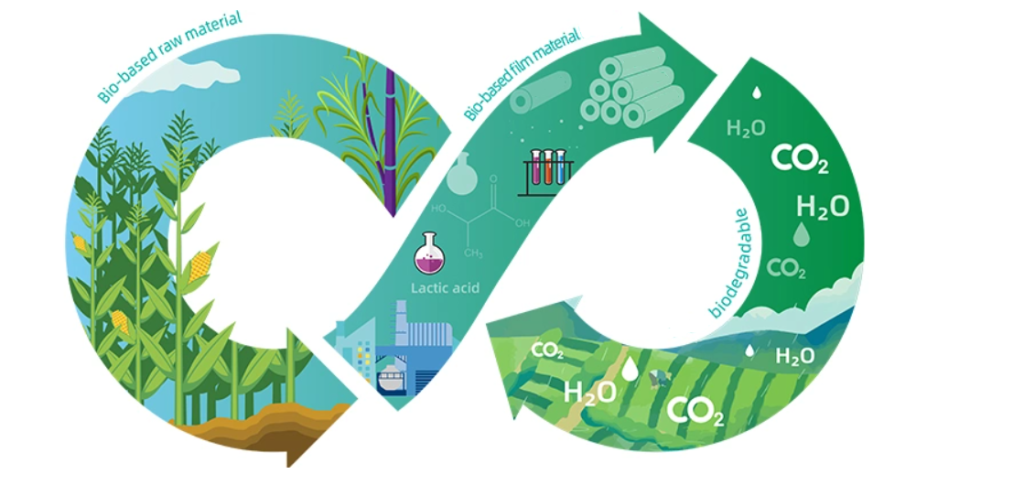
Market Trends and Demand
The demand for biodegradable stretch film is on the rise as businesses and consumers become more environmentally aware. This trend is reshaping how companies think about their packaging needs and sustainability goals.
Production of Biodegradable Stretch Film
Materials Used in Production
The secret ingredients? Biodegradable polymers such as PLA (polylactic acid) are derived from renewable resources like corn starch or sugarcane.
The Manufacturing Process
The process isn’t radically different from traditional filmmaking, but the choice of materials makes all the difference, allowing the film to degrade when exposed to natural elements.
Properties and Performance
Durability and Protection
Don’t be fooled by the “biodegradable” tag; these films are tough! They provide excellent protection during transport, much like traditional films.
Shelf Life and Storage Conditions
Just store them properly, and they’ll maintain their integrity until use. Simple!
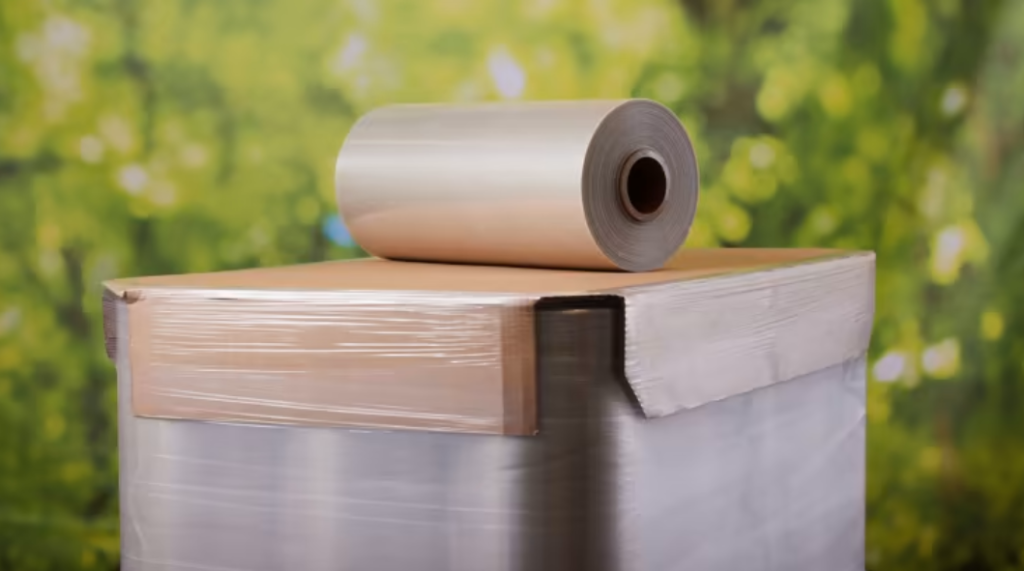
Applications in Industry
Packaging Industry
From wrapping pallets to securing items during shipping, biodegradable stretch film is becoming a staple in the packaging industry.
Food and Beverage Sector
Food safety and shelf life are paramount, and this film meets the mark, all while being kind to the planet.
Cost Analysis
Initial Cost vs Long-Term Savings
Though slightly pricier upfront, the long-term savings in waste management and improved brand image make it a smart investment.

Availability and Sourcing
With growing demand, it’s becoming easier to source these films at competitive prices.
Challenges and Solutions
Yes, there are challenges like higher costs and limited supply, but ongoing innovations are helping overcome these hurdles.
How to Choose the Right Biodegradable Stretch Film
When shopping for biodegradable stretch film, consider its biodegradation certification, strength, and suitability for your specific needs. Make an informed choice to ensure it aligns with your environmental strategies.
Future of Sustainable Packaging
The future looks bright, with advances in materials science paving the way for even more efficient and environmentally friendly packaging solutions.
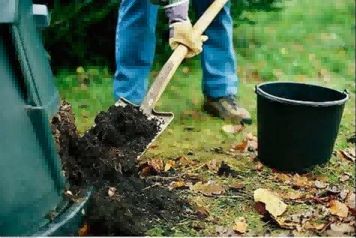
Conclusion
Choosing biodegradable stretch film isn’t just about meeting regulatory requirements or following a trend. It’s about taking a proactive step towards sustainability and making a tangible impact on the planet’s health.
FAQs
- How long does biodegradable stretch film take to decompose?
- Is the biodegradable stretch film as durable as a traditional plastic film?
- Can a biodegradable stretch film be recycled?
- What are the environmental benefits of using biodegradable stretch film?
- How does the cost of biodegradable stretch film compare to traditional options?
Biodegradable stretch film is more than just a product; it’s part of a movement toward sustainability that your business can join today. Ready to make the switch?



